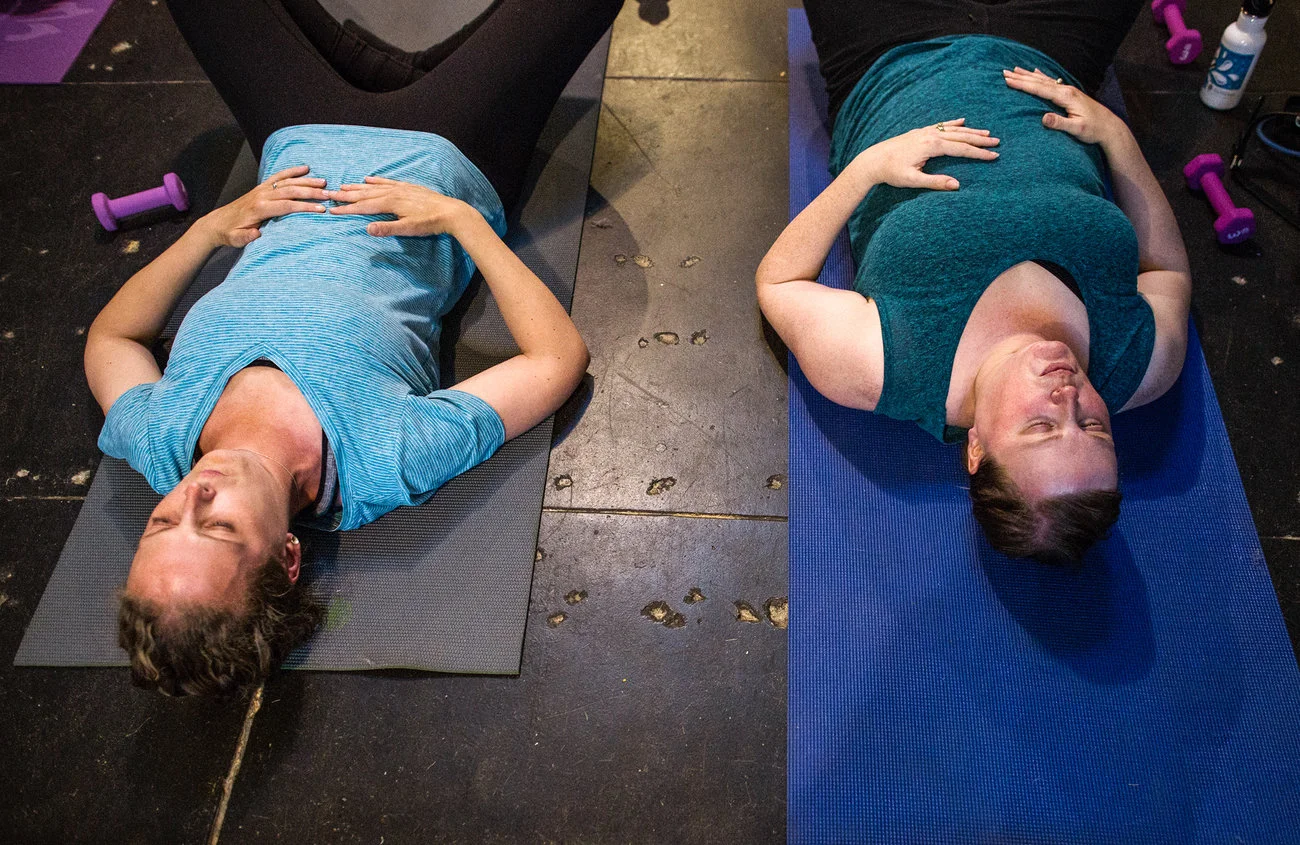By Jennifer Major, DPT
Inhale to receive. Receiving can be difficult for people who are used to always doing, always giving. The breath nourishes the body and mind and helps to bring healing oxygen to restrictions and injuries. The breath is closely tied to pelvic floor rehabilitation, and here is why.
Sometimes when people have difficulty relaxing they breathe into the upper rib cage tightening around the ribs and abdomen. So why does the exhale feel like the relaxation part of the breath? In order to take a deep breath, we need to activate the respiratory diaphragm. As the diaphragm moves down and outward air is drawn into the lungs. Yes, the exhale is the relaxation of the respiratory diaphragm. But, when we breathe in, the pelvic floor descends along with the respiratory diaphragm. For abdominal and pelvic function a full diaphragmatic breath into the lower ribs works better.
The pelvic floor, in its relaxed state, is just along for the ride with the breath: down on the inhale, back up on the exhale. We inhale to receive breath, so that we can exhale and do something with the oxygen we have received. Inhale to prepare, exhale with action. It may be that we speak or perform a muscle action or maybe we just allow the breath to release gently back into the atmosphere. If we activate the pelvic floor and lift it on the exhale, then we are working with the body’s natural rhythm.
Can you breathe in such a way that you can feel your lower rib cage and abdomen expand as you inhale? Can you feel your pelvic floor soften and broaden as you inhale? Can you feel your respiratory diaphragm and pelvic floor return to the original position as you allow the exhale? This is how we meet your body where it naturally wants to be. When we meet you where you are, we can help you to heal and improve.




